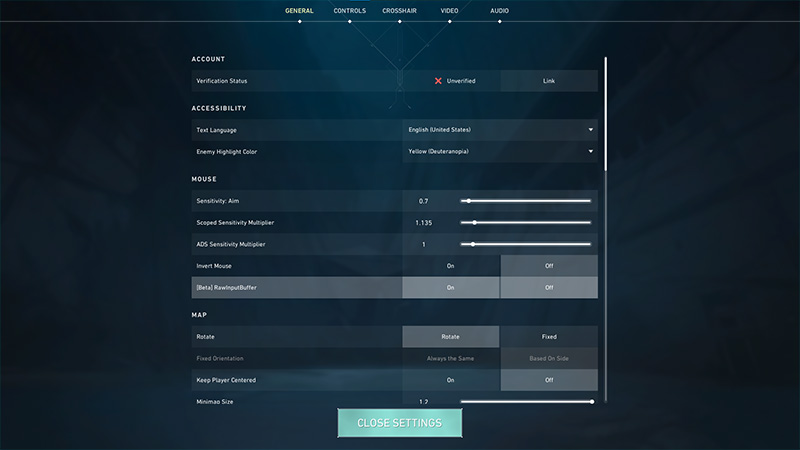All the Valorant players know that even a slight millisecond matters in this competitive shooter. Thanks to the Raw Input Buffer feature that ensures fair competition between players with high and low-end PCs. With the help of this beta feature, the game receives data (like aim and movement) from your mouse more quickly. But how does the Raw Input Buffer option work in Valorant? Do we need to turn it on? Here’s everything you should know.
What is the Raw Input Buffer in Valorant (Beta)?
Each time you use your mouse to perform certain actions in a game, it sends data to your OS (Operating System). The OS then processes that data and sends it to the game so your character can perform it. However, in Valorant, the mouse sends data directly to the game by skipping the OS part. And with the help of the Raw Input Buffer, this data transfer from your mouse takes even less time.

Should you Enable the Raw Input Buffer Option? (Answered)
Mouse with a higher Polling Rate has observed a better performance boost after turning on Raw Input Buffer in Valorant. Most mice have a Polling Rate of 1000 Hz, and then there are gaming mice with an 8000 Hz Polling Rate. So, in this case, players with a gaming mouse will most benefit from this feature. So to answer your question, you should try out this feature regardless of the mouse you use.
Many players have reported encountering a slight FPS drop after enabling Raw Input Buffer. This is acceptable as this feature is still in beta mode and not yet ready for an official rollout.
That’s everything covered about the Raw Input Buffer option in Valorant. If you want to improve your gameplay, we have made guides on settings used by pro Valorant players like Jamppi, TiGG, and SicK. Make sure to check it out right here on Gamer Tweak.

